In 2016, Bac Giang lychees were officially exported to the United States for the first time, marking an important milestone in the journey to elevate the brand of Vietnamese agricultural products. Since then, the volume of lychees exported to the United States, although not large, has strategic value because it demonstrates the ability to meet strict technical standards and creates a foundation for deeper penetration into the global distribution system.
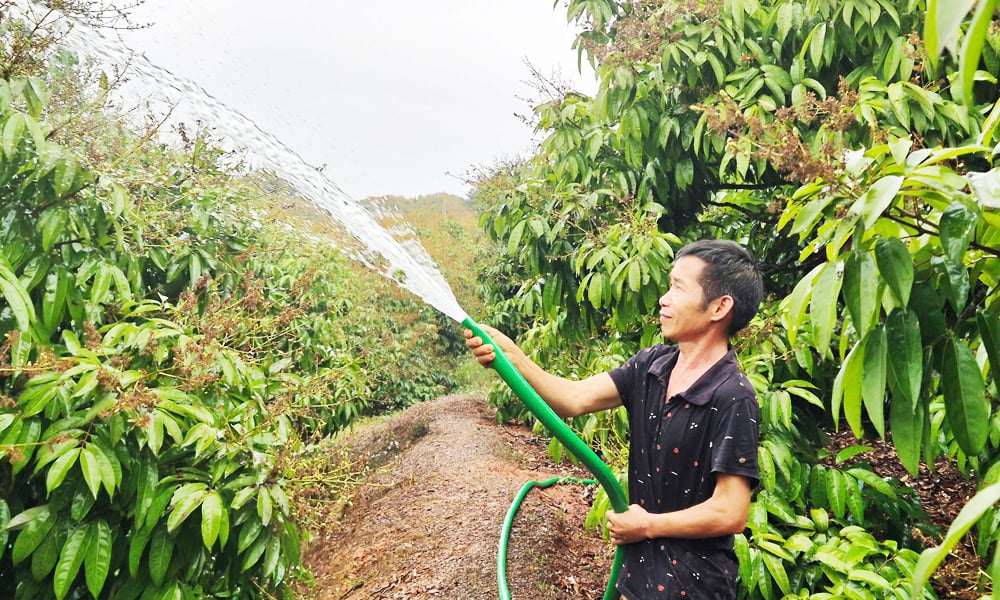 |
People in Quat Du 2 village, Phuc Hoa commune (Tan Yen) take care of lychees for export. Photo: Trinh Lan. |
However, from April 9, 2025, the US policy of imposing a 10% import tax on fresh fruit products, including lychees, will come into effect. Not only that, the risk that this tax rate could be pushed up to 46% in the near future is making export businesses worried. In that context, the question is whether this is still a "golden opportunity" or will it become a challenge for Bac Giang lychees in the US? The US is a market with high demand for tropical fruit imports, with a total import turnover of fresh fruits in 2024 reaching more than 20 billion USD. Of which, fruits from Southeast Asia account for about 15%, but Vietnam currently only accounts for a very small part.
This means that the potential for expanding the market share for lychees is huge. The strong growth of the Asian community in the United States, especially in states such as California, Texas, New York, etc., is a driving force for lychee consumption. Moreover, supermarket chains specializing in Asian foods and clean food stores are increasingly developing, creating a "channel" for Bac Giang lychees to directly reach consumers.
However, to “set foot” in the US market, Bac Giang lychees must overcome many strict barriers, from plant quarantine standards, pesticide residues, irradiation procedures before export to requirements on packaging, traceability, cold storage and long-term transportation. In addition, logistics costs to the US are still high. The short shelf life of lychees makes transportation and storage time a difficult problem, especially when combined with the new US tax policy.
| The 10% tax policy from the United States is a noteworthy signal but not an insurmountable one. Meanwhile, the risk of a 46% tax rate is a “red alert” that forces us to proactively change our production mindset, export model and branding. |
The cost of bringing lychees to US consumers does not stop at the production stage but also includes a series of post-harvest costs such as: Irradiation, preliminary processing, transportation, cold storage, quarantine, food safety certification... When the import tax increases to 10%, businesses may still have room to adapt thanks to the advantage of low production costs, stable material prices and compact, flexible production models. However, if the tax rate is pushed up to 46% as some market signals have warned, the competitiveness of Vietnamese lychees will be seriously threatened. At this time, lychees from countries such as Thailand, Mexico, Peru with advantages in geographical distance, available logistics systems... will be "candidates" ready to replace Bac Giang lychees on US supermarket shelves if we do not act promptly.
Faced with great risks, Bac Giang lychee production needs to change drastically, from cultivation to processing and export. Firstly, standardize the growing area and production process, expand the area meeting VietGAP, GlobalGAP, and organic standards; apply digital technology for climate sensors, automatic irrigation, and farm management software; and spread out the harvest season reasonably.
Second, reduce costs and increase product value: Use organic fertilizers and biological pesticides to reduce input costs; diversify product forms instead of just exporting fresh fruit; need to promote deep processing such as: dried lychee, juice, frozen lychee, lychee jam, lychee tea, etc.; need to increase the proportion of processed product exports to reduce dependence on fast logistics and short storage time.
Third, strengthening chain linkage and logistics: Building sustainable linkage chains between farmers - cooperatives - export enterprises - logistics - distributors...; forming concentrated raw material areas, with processing facilities, cold storage, irradiation in the North to reduce transportation time, lower costs, and ensure quality; need to continue to support from State policies to attract investment in specialized logistics infrastructure for exported fruits.
Fourth, traceability and branding: Popularize QR codes, traceability; promote the brand "Bac Giang litchi" at international fairs, cross-border e-commerce platforms such as Amazon, Alibaba....
The 10% tax policy from the United States is a noteworthy signal but not an insurmountable one. Meanwhile, the risk of a 46% tax rate is a “red alert” that forces us to proactively change our production mindset, export model and branding. If supported promptly through trade policy, infrastructure investment, market promotion and the efforts of farmers, Bac Giang lychee enterprises can completely maintain the US market and even expand to other high-end markets. Opportunities still exist but will not be for those who are slow. Now is the time for lychee production to transform in a smart, sustainable direction and be ready to adapt to all global fluctuations.
With its responsibility, the Department of Agriculture and Environment is currently assigning staff to closely monitor the growing areas, advise and guide people to strictly follow the production process; closely monitor actual developments to provide timely advice. Sectors and localities are also coordinating to promote and synchronously implement measures to help lychee maintain its market position and export to the United States and other markets during this lychee season.
Source: https://baobacgiang.vn/san-xuat-vai-thieu-xuat-khau-sang-hoa-ky-tuan-thu-nghiem-ngat-quy-trinh-cham-soc-postid416515.bbg




![[Photo] More than 17,000 candidates participate in the 2025 SPT Competency Assessment Test of Hanoi National University of Education](https://vphoto.vietnam.vn/thumb/1200x675/vietnam/resource/IMAGE/2025/5/17/e538d9a1636c407cbb211b314e6303fd)

![[Photo] National conference to disseminate and implement Resolution No. 66-NQ/TW and Resolution No. 68-NQ/TW of the Politburo](https://vphoto.vietnam.vn/thumb/1200x675/vietnam/resource/IMAGE/2025/5/18/adf666b9303a4213998b395b05234b6a)
![[Photo] General Secretary To Lam visits exhibition of achievements in private economic development](https://vphoto.vietnam.vn/thumb/1200x675/vietnam/resource/IMAGE/2025/5/18/1809dc545f214a86911fe2d2d0fde2e8)
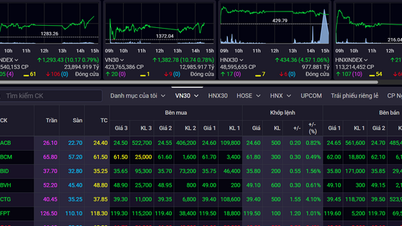



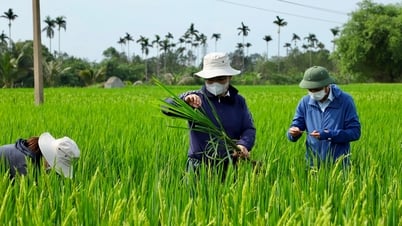

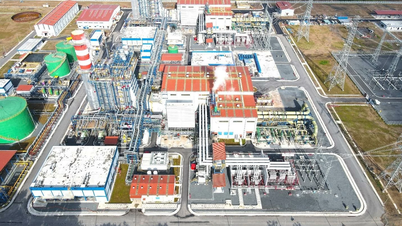











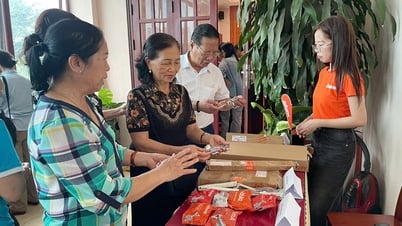
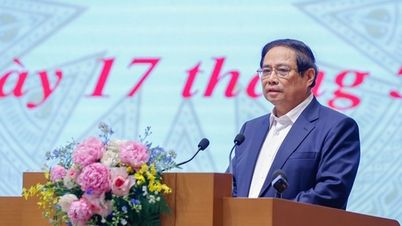
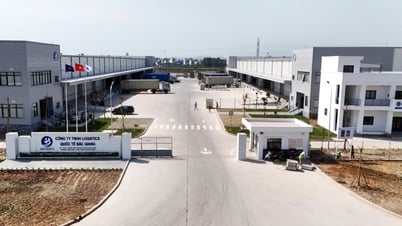
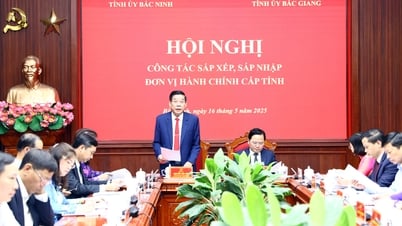
![[Photo] Prime Minister Pham Minh Chinh chairs meeting on science and technology development](https://vphoto.vietnam.vn/thumb/1200x675/vietnam/resource/IMAGE/2025/5/17/ae80dd74c384439789b12013c738a045)















































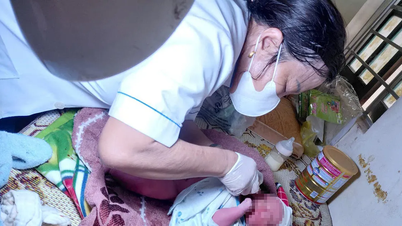
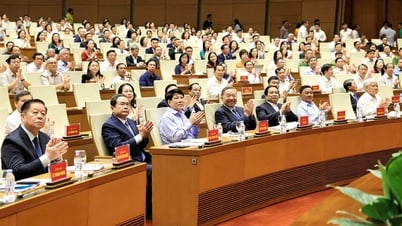

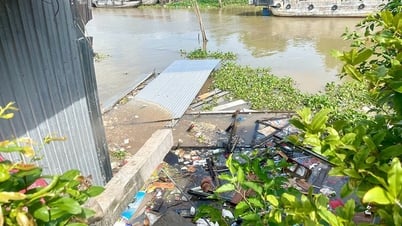

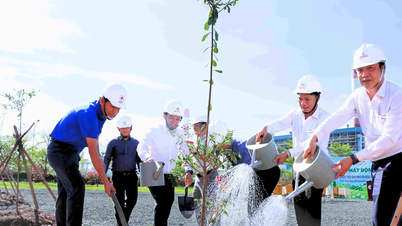









Comment (0)